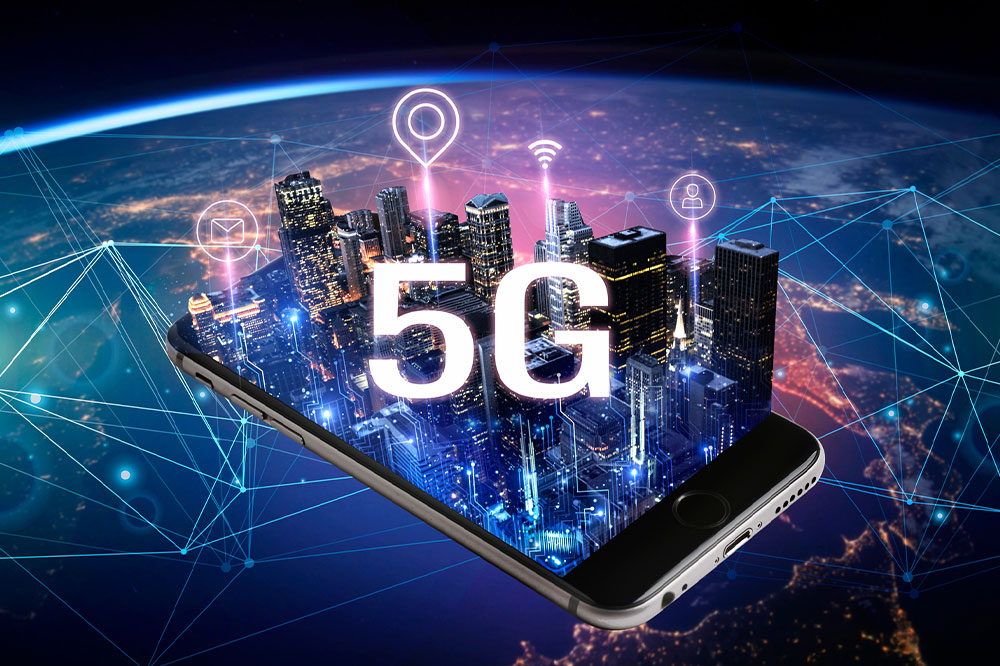Comprehensive Guide to 5G Wireless Technology: Benefits, Leading Providers, and Coverage Details
This comprehensive guide explores 5G wireless technology, highlighting its advantages over 4G, details on major providers like Verizon, AT&T, and T-Mobile, and how users can locate nearby 5G towers. Discover how 5G is changing wireless connectivity, enabling smarter cities, autonomous vehicles, and telemedicine with ultra-fast speeds, low latency, and expanded network capacity. Stay informed on the deployment status and coverage options to better prepare for the digital future.

Comprehensive Guide to 5G Wireless Technology: Benefits, Leading Providers, and Coverage Details
The advent of 5G wireless technology marks a significant milestone in the evolution of global connectivity. As the latest generation of mobile network standards, 5G promises not only faster internet speeds but also a host of innovative capabilities that will reshape various aspects of daily life, industry operations, and technological development. This comprehensive guide delves into what 5G technology entails, its numerous advantages over previous networks, the major service providers spearheading its deployment, and practical ways for users to locate nearby 5G coverage. Whether you’re a tech enthusiast, a business owner, or a regular user aiming to upgrade your connectivity, understanding 5G is essential in navigating the digital future.
With speeds reaching up to 20 Gbps and latency levels as low as 1 millisecond, 5G is set to revolutionize how we interact with devices, vehicles, and each other. Its capabilities enable smarter city infrastructure, autonomous vehicles, cutting-edge telemedicine, and improved industrial automation. Industry leaders like Verizon, AT&T, T-Mobile, and US Cellular have been aggressively expanding their 5G coverage nationwide, making this technology more accessible than ever. Using coverage maps or apps such as CellMapper, users can easily identify the nearest 5G towers and optimize their connectivity experience. The widespread rollout of 5G is poised to transform industries and enhance everyday life around the globe, paving the way for innovative applications and unprecedented connectivity experiences.
Key Benefits and Distinguishing Features of 5G Compared to 4G
Unmatched Speed Capabilities: 5G offers download and upload speeds up to 20 Gbps, facilitating rapid data transfer, high-definition streaming, and quicker app downloads. This translates into smoother streaming experiences and quicker access to large files, elevating the user experience significantly compared to 4G networks.
Immense Network Capacity: Supporting up to 100 times more devices concurrently, 5G reduces network congestion, especially in densely populated urban areas. This capacity is crucial for the proliferation of IoT devices, smart homes, and connected city infrastructure, ensuring reliable service for all connected devices.
Ultra-Low Latency: Latency levels are slashed to as low as 1 millisecond, enabling real-time data transmission. This reduction is vital for applications that require instant responses, such as autonomous vehicle navigation, remote surgery, and real-time gaming, creating seamless and responsive user experiences.
Efficient Spectrum Use: 5G utilizes a broader and more versatile range of radio frequencies, including low, mid, and high-band spectrums, optimizing spectrum efficiency. This allows for flexible deployment options and improved performance across different environments.
Versatile and Adaptive Deployment: The technology supports multidimensional network configurations, facilitating innovative connectivity architectures. This adaptability is essential for critical applications like telemedicine, remote industrial monitoring, and intelligent transportation systems, establishing 5G as a backbone for emerging technologies.
Major 5G Service Providers and Their Offerings
Verizon Wireless: Verizon leads with a robust 5G Ultra Wideband network, offering high-speed, low-latency connectivity across major U.S. cities. Their nationwide plans include access to 5G with speeds reaching up to 1 Gbps, and they provide plans without data caps, catering to both casual users and heavy data consumers.
AT&T: As one of the largest telecom providers, AT&T boasts extensive 5G coverage, including over 50 cities with mmWave support for ultra-fast speeds. Additionally, their low-band 5G coverage extends to more than 22,000 locations, ensuring broad accessibility and consistent performance nationwide.
T-Mobile & Sprint: Following their merger, T-Mobile now offers comprehensive nationwide 5G coverage, supporting both high-speed and broader-range connectivity. Their network specializes in delivering reliable 5G services that seamlessly support urban and rural areas, making high-speed internet accessible to a wider population.
US Cellular: Focused on regional markets, US Cellular has been expanding its 5G offerings since 2020. They provide affordable plans and extensive coverage in hundreds of cities, making them a significant player in the regional 5G deployment landscape.
How to Find 5G Towers Near Your Location
There are approximately 150,000 operational 5G cell towers across the United States, forming a dense network aiming to maximize coverage and performance.
To identify the closest 5G towers, users can utilize dedicated apps such as CellMapper, which allows selecting your carrier and filtering for 5G NR (New Radio) networks to see local tower locations.
Carrier websites and coverage maps are also useful tools for checking existing 5G infrastructure in your area. Simply entering your location or searching online with queries like "5G tower map near me" can provide detailed information on available network coverage, helping you make informed decisions about upgrading your connectivity.
Once equipped with knowledge about 5G infrastructure and providers, users can unlock the full benefits of this transformative technology, enjoying faster speeds, more reliable connections, and innovative new applications that will define the digital landscape of tomorrow.




